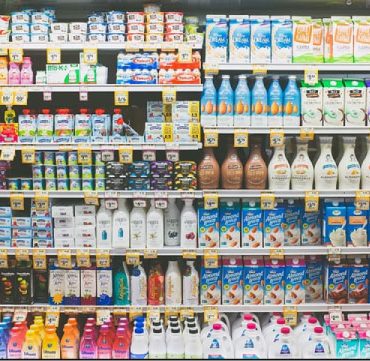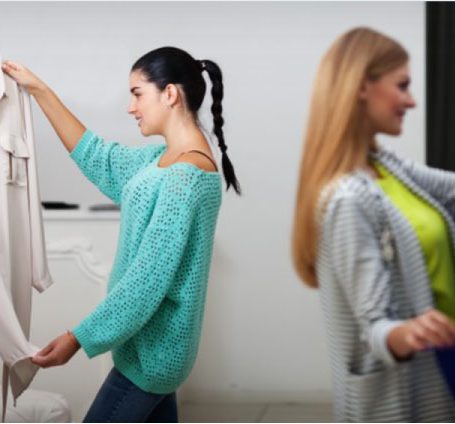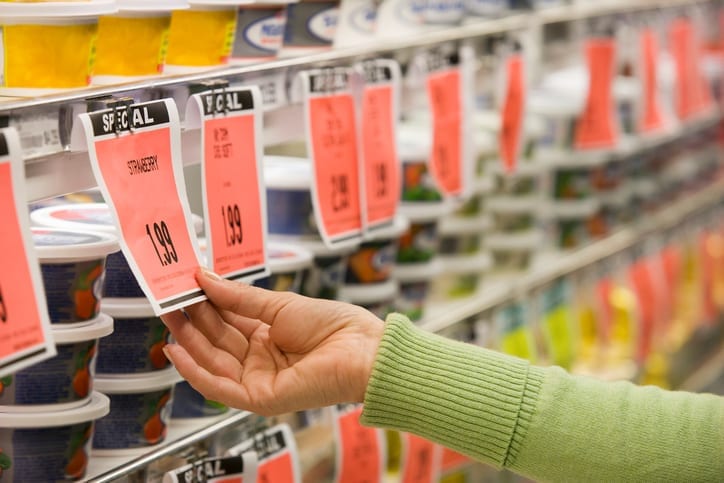Eye Tracking
Eye Tracking is a unique method for objectively measuring consumer attention and behavior in-store. This is done by using advanced high-tech glasses with a two-way camera, which is further used to show the shopper using the glasses in a “first-person perspective”. The Eye Tracker will register when the shopper’s pupil focuses on a specific object (i.e. a product or a poster) and will re-define this into data points which can then be aggregated for visualization and analysis of the data for several as many consumers as you wish to measure. By using Eye Tracking as a tool for consumer analysis, you will finally get objective answers to your questions, and remove “good intensions” and “subjective opinions” from the equation.
Which products are most frequently noticed by the shoppers? How does the shopper navigate in the category/shelf? What share of the in-store communication gets actually seen by the shopper? Which products function as the “anchor” in the shelf and stands out from the rest? This, among several others, are questions you’ll get the answer to from an Eye Tracking study.

Portfolio Optimization
The majority of businesses have an excessive product portfolio with too many commodity lines, high losses, and low rollover. A structured portfolio optimization releases capital and provides a much better focus on what´s important for the business.
Most of our analyzes are based on the Pareto principle with the 20/80 rule. Through countless studies, we´ve seen that for most retailers 5% of the goods account for 50% of sales. By analyzing your portfolio of products you can find the price and amount of products that give the greatest gross profit and this finds a good balance between margin and sales.
If you manage to find the right combination here you will be able to run more cost-effective, profitable, and time-saving.
Many retailers spend a lot of time and resources on retail communication. It takes time to produce a larg amount of POS material. The decision of which material the stores should use is often based on assumptions, and is rarely on conusmer insight as it should be.
A poster with significant impact often sells about 15% to 50% better than a poster with no impact. A poster with impact is characterized by dramaturgy and some spesifict technical elements that helps the posters message. The only way to find out if on poster sells better than another is to test it out. We prefer to test different poster designs in pilot stores, and we let the sales result determine which design to be choosen. With the right placement of promotional posters and standard materials, sales will increase further. It is important to base decisions on shopping behavior. What do the customers see? Where do the customers see? What texhniques can we use to get the shopper to see more posters, prices and product information?
Through preparation, workshops and tests of POS material in the shop, we can tell which material that sells best and why!


Shopper Segmentation & Positioning
Thorough analysis, we’ll find your most important shopper and customer segments. Thus, it is possible to offer different customer groups the right mix of products, prices and offers – that they’re actually interested in.
Know your customers, what they want, what they want and what they actually do. There is rarely correlation between a shoppers intention and their actual behavior. In our behavioral and observation studies, we find what trigger your customer to buy – and to buy even more.
In all categories and / or retailers there are two to four elements that affect and motive customers to buy a product og visit a spesific store. At the same time there are also barriers that keep customers away. The brands that are most attached to the motivational elements and who manage to overcome the barriers are the ones who grow the biggest.
Price Optimization
In our opinion, price optimization, apart from the eternal struggle for low prices, is given too little attention among many retailers.
Many chains and stores reduces their product prices to increase the
customer´s perception of good prices. We know, on the other hand, that there are other measures that can increase the perception of benefits – and which makes you earn more money. It´s really all about psychology.
Through a wide range of price studies, we establish the basis for increasing the value of a product – both for the customer and for you as a retailer.

Want to know more about Link Consulting?
Drop a message
Keywords
Tags
Resources
© 2020-2024 Link Retail. All rights reserved.
